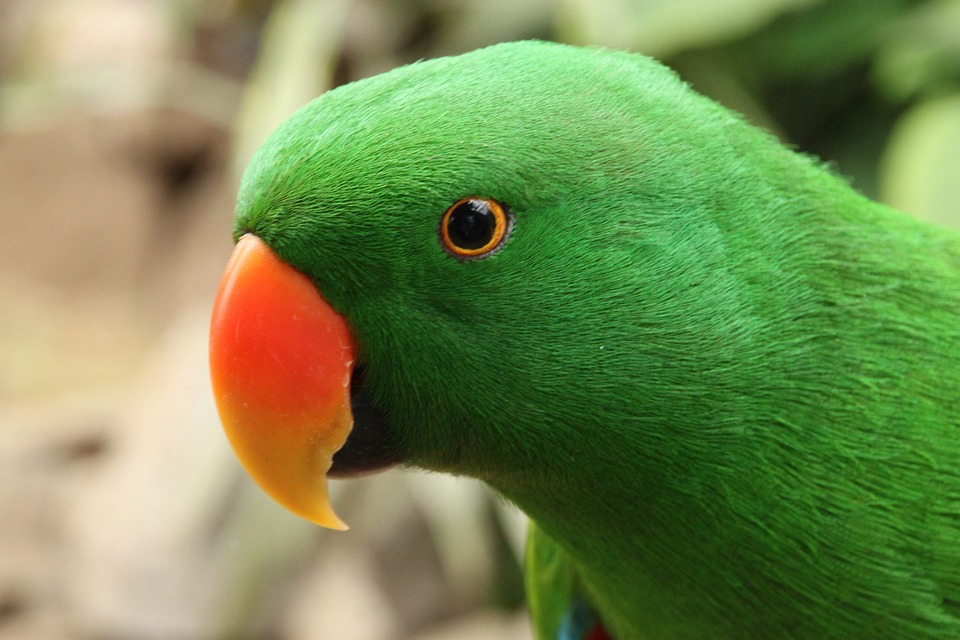Parrots are known for their vibrant plumage, intelligence, and unique behaviors. One behavior that intrigues many is their ability to build nests. In this article, we will explore the intricacies of parrot nest building, including the reasons behind this behavior, the techniques they employ, and the significance it holds in their lives.
Nest building serves multiple purposes for parrots, providing valuable insight into their natural instincts and social dynamics. Primarily, it is associated with the reproductive cycle of parrots. Nests serve as a safe haven for female parrots to lay their eggs and raise their young. The construction of nests is closely linked to the mating season, with males often participating to attract potential mates.
In addition to reproduction, nests also provide a sense of security for parrots in the wild. By building nests in tree cavities or crevices, parrots can protect themselves and their offspring from predators. Nests also offer shelter from harsh weather conditions, ensuring the survival of their young.
Parrots showcase their resourcefulness and adaptability through the techniques and materials they use in nest building. They often utilize natural materials found in their surroundings, such as twigs, leaves, grass, moss, and feathers. Some species even incorporate mud or saliva to strengthen the structure. Using their powerful beaks, parrots chew and shape these materials to create a sturdy nest. This intricate process requires precision and skill.
Nest building plays a crucial role in the lives of parrots, shaping their behavior and social interactions. For bonded pairs of parrots, nest building strengthens their bond. The collaborative effort of constructing a nest fosters a sense of companionship and enhances their mating rituals. Additionally, the process of nest building offers mental stimulation for parrots, keeping their minds engaged and occupied. This activity mimics their natural habitat, providing them with a sense of purpose and satisfaction.
Even when kept as pets, parrots possess the innate instinct to build nests. Providing appropriate nesting materials and environmental enrichment can help satisfy this instinctual behavior. It is important to ensure that these materials are safe and non-toxic for the birds.
While nest building is common among many parrot species, not all of them exhibit this behavior. Some parrot species, such as the Kakapo, do not construct nests but rather lay their eggs on the ground or in tree cavities. Parrots can adapt to their surroundings and utilize various materials for nest building, including artificial materials. However, it is essential to ensure that these materials are safe for the birds.
To encourage nest building in pet parrots, it is important to provide appropriate nesting materials, such as untreated wood, natural fibers, and safe plant materials. Creating a suitable environment that mimics their natural habitat can stimulate their nesting instincts.
In conclusion, nest building is a fascinating behavior that showcases the ingenuity and instincts of parrots. Understanding the purpose, techniques, and significance of this behavior can provide valuable insights into their natural behaviors and aid in promoting their well-being, whether in the wild or as cherished pets.









